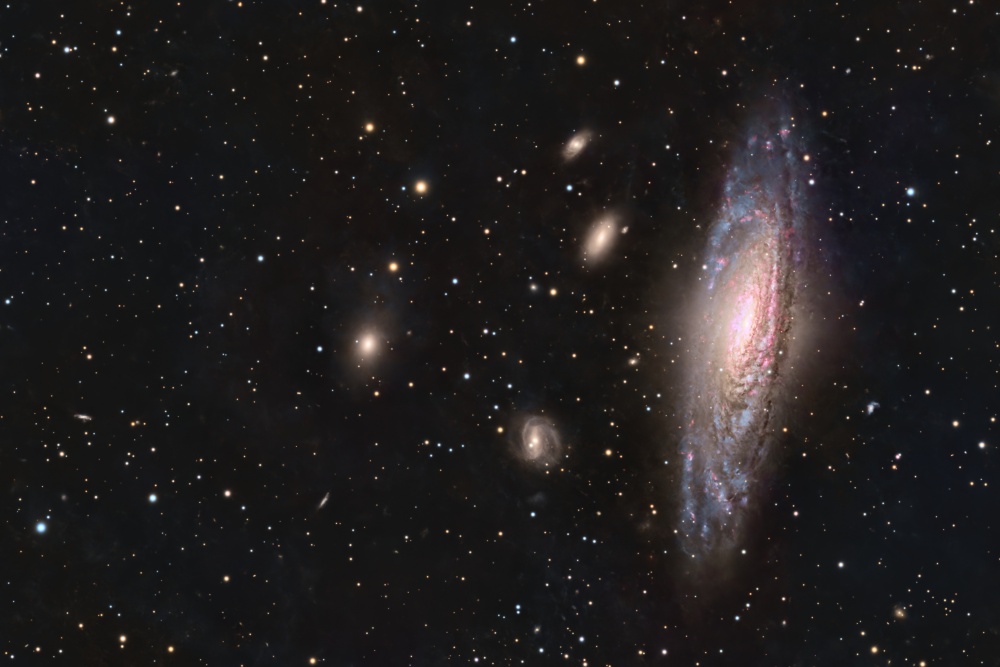NGC 7331 and Supernova SN2025rbs + Astrodoc Ron Brecher + LRGB HA3nm
NGC 7331 and Supernova SN2025rbs
Credit: Astrodoc Ron Brecher
Filters: Optolong LRGB and HA3nm
NGC 7331 is the largest galaxy in this image. It is located in Pegasus, and is about 40 million light years away, and has a diameter of about 120,000 light years. It is the biggest member of the “Deer Lick Group,” several other members of which are strewn around (mostly to the right of) NGC 7331. These galaxies are about 10 times further away, or 500 million light years (yes, half a billion light years!). See the annotated image which identifies most of the galaxies. I have imaged this galaxy in a wider field of view; you can find it here.
The above image also shows a supernova very close to the centre of NGC 7331. It was discovered on July 14, 2025. It is marked with an arrow in the image below.
Tekkies:
Acquisition, focusing, and control of Paramount MX mount with N.I.N.A., TheSkyX and PHD2. Primalucelab low-profile 2″ Essato focuser and ARCO rotator. Guiding with PHD2. Equipment control with PrimaLuce Labs Eagle 4 Pro computer. Flats taken using a Primalucelab Giotto 430 mm flat panel. All pre-processing and processing in PixInsight. Acquired from my SkyShed in Guelph. Data acquired under variable moonlight with average or better transparency and and average seeing between August 13-16, 2025.
Celestron 14″ EDGE HD telescope at f/11 (3,912 mm focal length) and QHY600M camera binned 2×2 with Optolong filters.
51 x 5m Red = 4hr 15m
52 x 5m Green = 4hr 20m
50 x 5m Blue = 4hr 10m
24 x 5m Ha = 2hr 0m
Total: 14hr 45m
Image scale 0.4 arcsec per pixel
Data Reduction and Linear Processing
Preprocessing: The WeightedBatchPreProcessing script was used to perform calibration, cosmetic correction, weighting, registration, integration and Drizzle integration of all frames (1x drizzle, 0.9 Drop Shrink).
RGB and SynthL masters: A master RGB image was made from the Red, Green and Blue Drizzled masters using ChannelCombination in RGB mode. A synthetic luminance (SynthL) master was made from all four masters using ImageIntegration with weighting by SNR.
Hope you like it.





